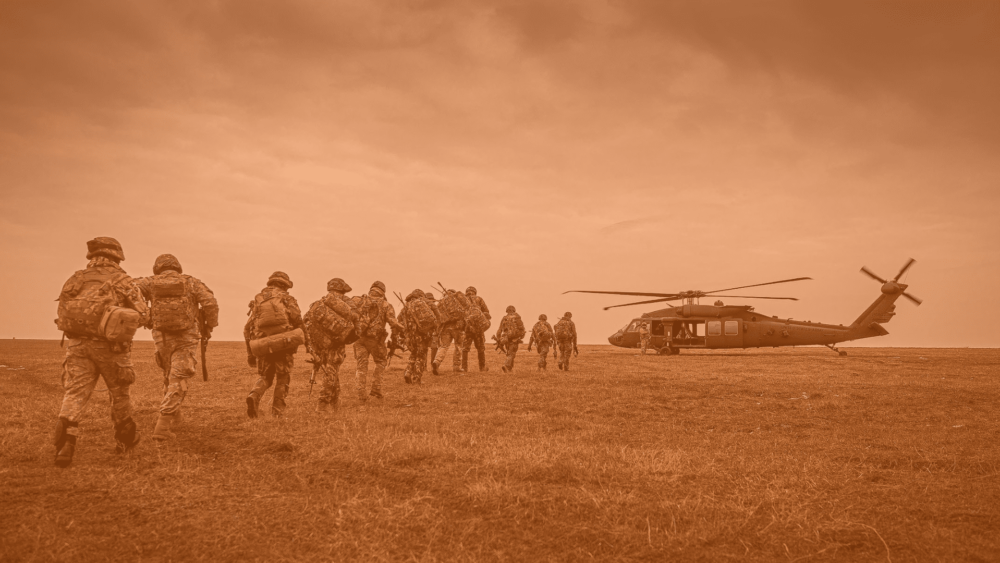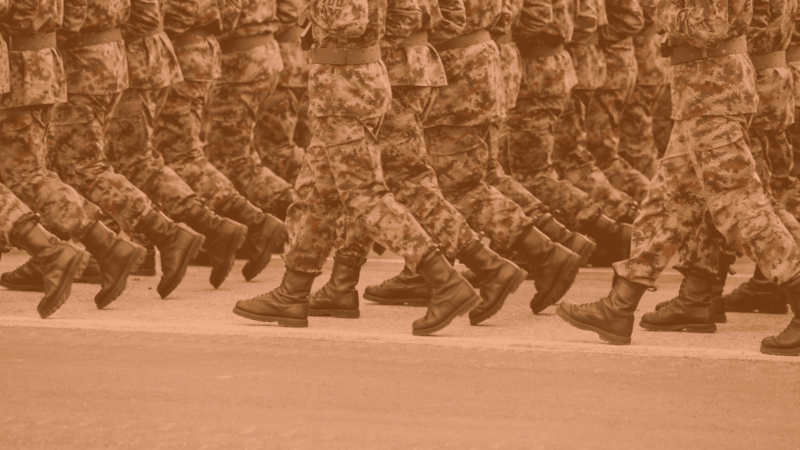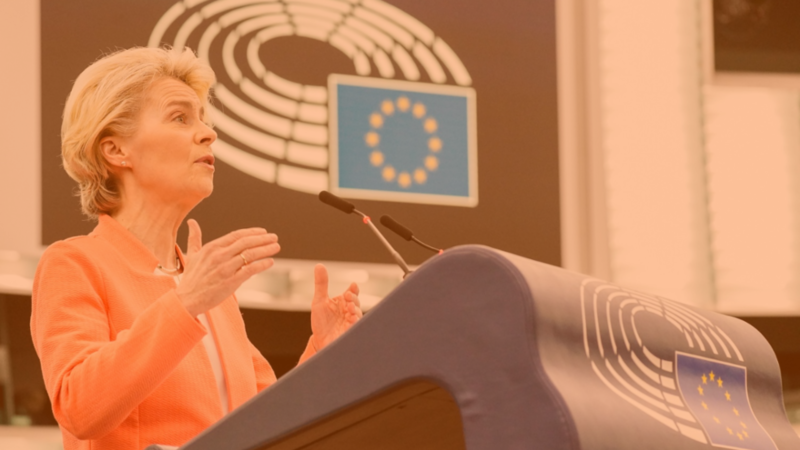Lasting peace and prosperity can only be achieved by replacing military blocs with an inclusive international security framework that de-escalates tensions, expands freedoms, fights poverty and exploitation, pursues social and environmental justice, and ends the domination of one country and people by another. This means pursuing a policy of political and military non-alignment for Europe. In view of the upcoming North Atlantic Treaty Organization (NATO) Summit in Washington DC in July, it is important to remind ourselves of what NATO is and represents, and why we oppose not only its expansion but the fundamentals of its existence.
NATO was established in 1949 in Washington DC with twelve members. Today, NATO has expanded to 32 countries and is by far the largest military alliance globally. This increase represents a number of geopolitical trends. Most fundamentally, it is a natural outcome of expanded US hegemony. Secondly, and more so after the Russian invasion of Ukraine, it represents an increased militarisation and aggressive posture of the EU and its political and military institutions towards other countries that the US views as threats. From a so-called “defence” alliance, NATO and the EU are rapidly transcending into wars driven by a self-fulfilling prophecy of inevitable conflicts.
Firstly, what is the purpose of NATO today?
Apologists argue that NATO is needed to preserve peace and stability through means such as deterrence. The intent and outcomes are exactly the opposite as EU and NATO militarisation and offensive posture increases tensions regionally and globally and does nothing to increase the opportunities for diplomatic resolutions of conflicts. Key examples of an increasing offensive posture in the agenda for the NATO Summit in July includes:
- Increasing EU military production capacity;
- Liberalise the EU arms markets; and
- Further integrating American and EU procurement and investment capacities within and outside of NATO;
Furthermore, the institutional constraints on the EU pursuing wars are being undermined by decoupling military decision making and political oversight. NATO and the EU currently have 23 members in common. In January 2023, NATO and the EU signed the third Joint Declaration on EU-NATO Cooperation to further strengthen and expand the alliance. One of the key pillars of this joint declaration is to expand the influence and role of non-EU allies in decision making.
NATO forces unprecedented spending on armaments that have yet to win wars
NATO is one of the most important means through which the US maintains its hegemony in Europe and beyond. Firstly, it provides a multilateral framework that further legitimises the presence of US bases and troops in Europe as well as a means to influence collective decision making amongst NATO members. Although figures are opaque, it is estimated that there are around 100,000 US troops in Europe, the vast majority of which are in Germany (the second highest number after Japan) followed by Italy and the UK. The US can position troops in Europe and call upon NATO allied capabilities if and when needed, as they did in Afghanistan and Iraq.
EU countries are also contributing to the costs associated with hosting US bases and some countries like Poland are actively increasing their relationship with the US bilaterally as well. Another very key element of US presence in Europe through NATO is intelligence gathering. European equipment and troops are deployed to fight for US wars, saving the US billions of dollars as well as deaths of US troops. Finally, the arms trade between the US and Europe is large and growing. Between 2019 and 2023 European states have doubled their imports of major arms with the US being the main supplier.
Looking ahead at the Summit in Washington, the US seeks additional NATO commitments and increased militarisation of Baltic states and that European NATO member states increase their spending on defence, where a 2% of GDP is seen as a minimum. This means that a higher proportion of tax-payers money will be spent on weapons and related expenses. Estimates of non-US NATO spending for 2024 is 400 billion Euros, 20% of which is to be channelled to the purchase of equipment and military advancements.
NATO expansion is real, global in scope, and threatens dragging the EU into further wars
These additional investments, increases in troop levels, further NATO coordination of the war in Ukraine, further entrench Europe into the clutches of the United States as it drags ‘allies’ from one war to another. This will, in the near future, further complicate European relations with China: Europe may not even be given a choice to choose to stay neutral.
While NATO denies plans to expand its membership beyond Europe, its pursuit of alliances in support of military and non-military operations conducive to sustaining US hegemony is clear to all. One theme that will take prominence during the Washington Summit is China, which the US describes as the “biggest security threat in Europe”. NATO in the early 2010s signed a formal partnership agreement called the IP4 with Australia, Japan, South Korea, and New Zealand, close US allies. The group’s third summit will take place in Washington DC during the next NATO Summit. This meeting will focus and highlight mechanisms to stem the relationship between China and Russia as well as demonstrate NATO and other States support for the US stance towards China.
What does non-alignment mean for Europe ?
The existence and expansion of NATO is incompatible with a non-aligned Europe. NATO must therefore be replaced by an alternative Common Security and Defence Policy for the continent. Key elements of this programme, for and beyond the European Union, would include:
- Narrowing down the mission of the European External Action Service (EEAS) to strictly diplomatic means. This includes ending formal cooperation of EEAS with NATO, including terminating dual EEAS/NATO command and communication structures.
- Strengthening arms control protocols in Europe, starting with the adoption of the Treaty on Prohibition of Nuclear Weapons across the continent. Today NATO members host nuclear gravity bombs and a ballistic missile defence system. Only two European countries have signed the Treaty, namely Ireland and Austria.
- Managing conflicts through a reformed United Nations and transferring planning and control of existing European military and civilian missions to the UN or alternative civilian led organisations at the European level such as a reformed Organisation for Security and Co-operation and Council of Europe (OCSE). For years now the impact of a dysfunctional UN has been visible. The difference today however is the emergence and overtaking in some cases of BRICS countries of Western nations in economic terms and not only. The conditions for a deep reform of the UN cannot be avoided further.
The upcoming NATO Summit will likely be met by unprecedented anti-NATO demonstrations. This will be coupled with internal disagreements between NATO members. Furthermore, the US elections are also looming. The urgency of pursuing and placing non-alignment at the heart of the EU agenda cannot be overstated.
Do you want to be informed of DiEM25's actions? Sign up here
